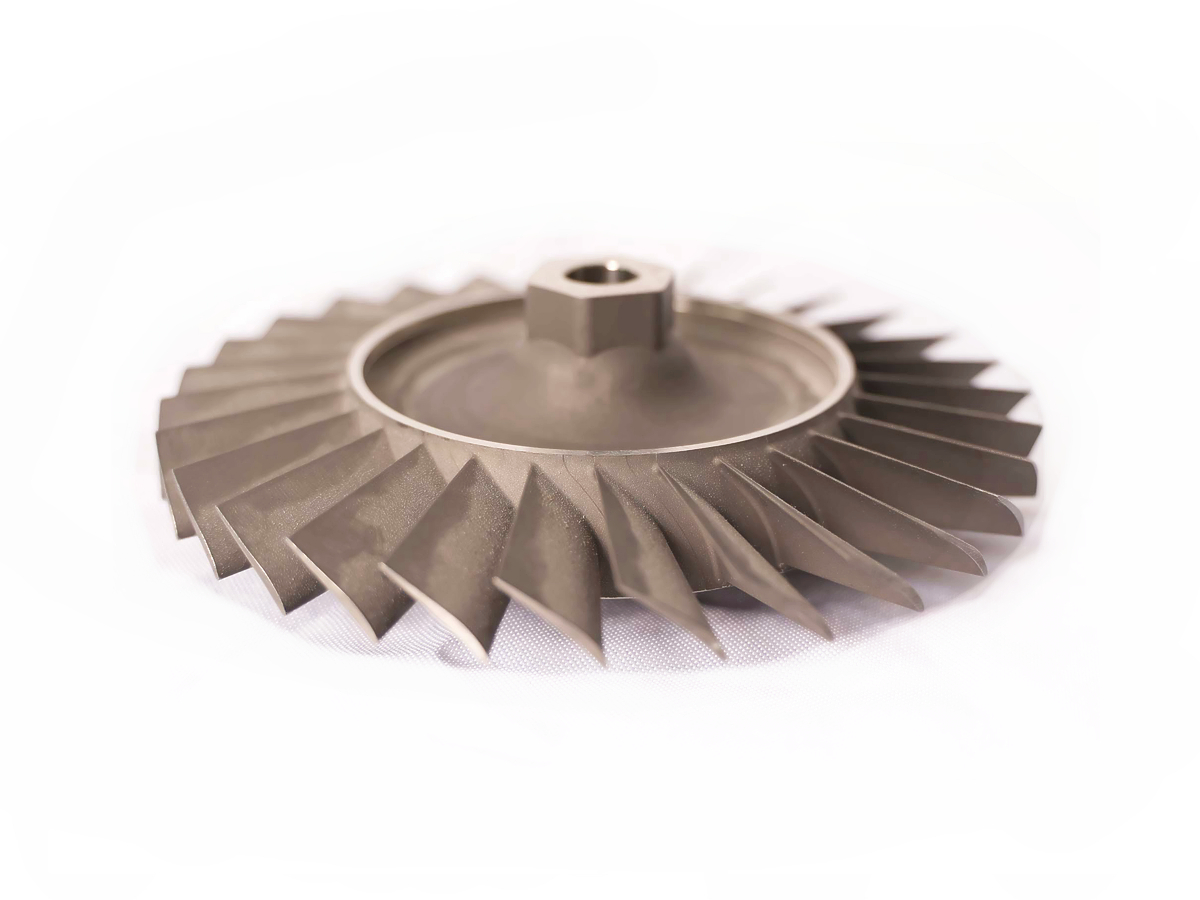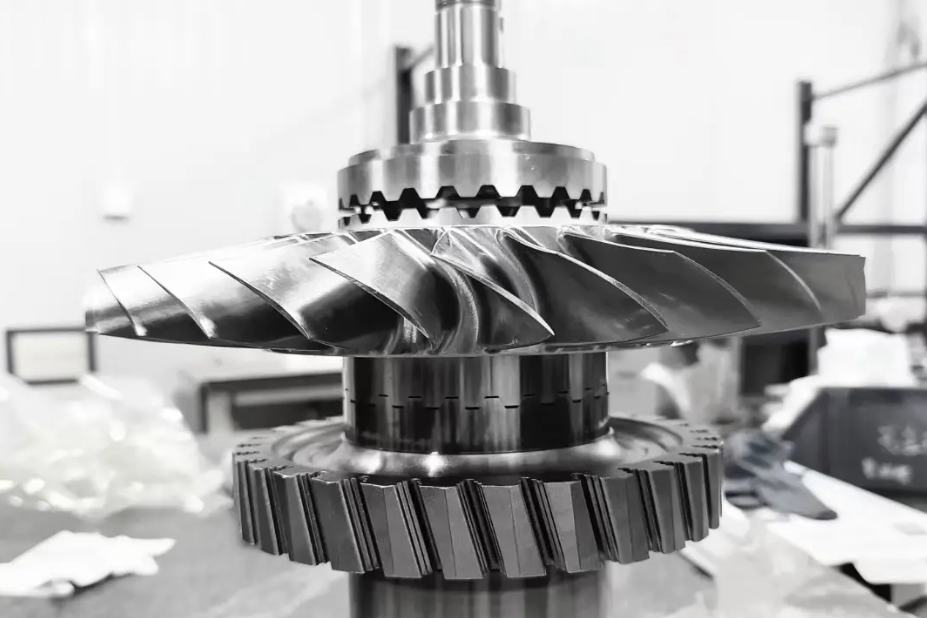Will HIP treatment cause part deformation?
From a manufacturing and engineering standpoint, Hot Isostatic Pressing (HIP) is a post-processing treatment designed to enhance integrity rather than cause deformation. However, part distortion is a potential risk if the component has significant geometric asymmetries, thin walls, or pre-existing residual stresses. When applied correctly to a suitably designed part, HIP typically results in minimal, predictable dimensional change that is often within the tolerances achievable with subsequent precision machining.
The HIP Process and Its Intent
HIP subjects a component to simultaneous application of high temperature (often 70-90% of the material's melting point) and high pressure (typically 100-200 MPa) using an inert gas, such as argon. The primary goal is to eliminate internal defects such as microporosity and voids that are common in castings or DMLS 3D printed parts. The process causes the material to creep and diffuse, collapsing these internal voids and creating a fully dense, isotropic microstructure. This significantly improves mechanical properties like fatigue life, fracture toughness, and ductility, which is critical for components in demanding sectors like aerospace and aviation and power generation.
When and Why Deformation Can Occur
While the isostatic pressure applies force uniformly from all directions—theoretically preventing warpage—several factors can lead to dimensional shifts:
Residual Stresses from Prior Manufacturing: Parts with high residual stress from previous operations like CNC machining or SLM 3D printing can see these stresses relieved during the HIP thermal cycle, leading to distortion. A stress relief heat treatment prior to HIP is often recommended to mitigate this.
Non-Uniform Section Thickness: Components with drastic changes in cross-section or very thin walls adjacent to thick sections can experience differential creep rates. The thinner sections may yield or densify at a different rate than the bulkier sections, potentially leading to bending or sagging.
Support-Limited Geometries: Long, slender features or cantilevers may lack the structural rigidity to support their own weight at elevated HIP temperatures, leading to sagging or deformation under the influence of gravity, even with isostatic pressure.
Surface-Connected Porosity: If surface pores are open to the high-pressure gas, the pressure inside and outside the pore equalizes, preventing it from being closed. This does not cause gross deformation but can leave surface defects that require post-HIP CNC milling or grinding to remove.
Minimizing the Risk of Deformation
Successful HIP processing without detrimental deformation is a function of integrated design and process control:
Design for HIP: Designing parts with uniform wall thickness and gentle transitions significantly reduces the risk. For additive manufacturing, this is a key principle of DFAM (Design for Additive Manufacturing).
Process Optimization: Precise control of the HIP cycle (pressure, temperature, ramp rates, and dwell time) tailored to the specific alloy (such as Inconel 718 or Ti-6Al-4V) is crucial to achieve densification without excessive creep.
Pre- and Post-Processing: As mentioned, a preliminary stress relief cycle is highly beneficial. Furthermore, it is standard practice to account for a final machining step after HIP to meet tight dimensional tolerances and achieve the desired surface finish.
Engineering Verdict
HIP treatment, by its isostatic nature, is not a primary cause of part deformation. The dominant cause of distortion is typically the thermal relaxation of pre-existing stresses from earlier manufacturing stages or poor geometric design. For critical components, a holistic approach involving optimized design, pre-HIP stress relief, and a well-developed HIP parameter set will yield a superior, fully dense part with minimal and manageable dimensional changes, which can be corrected with final precision machining.



